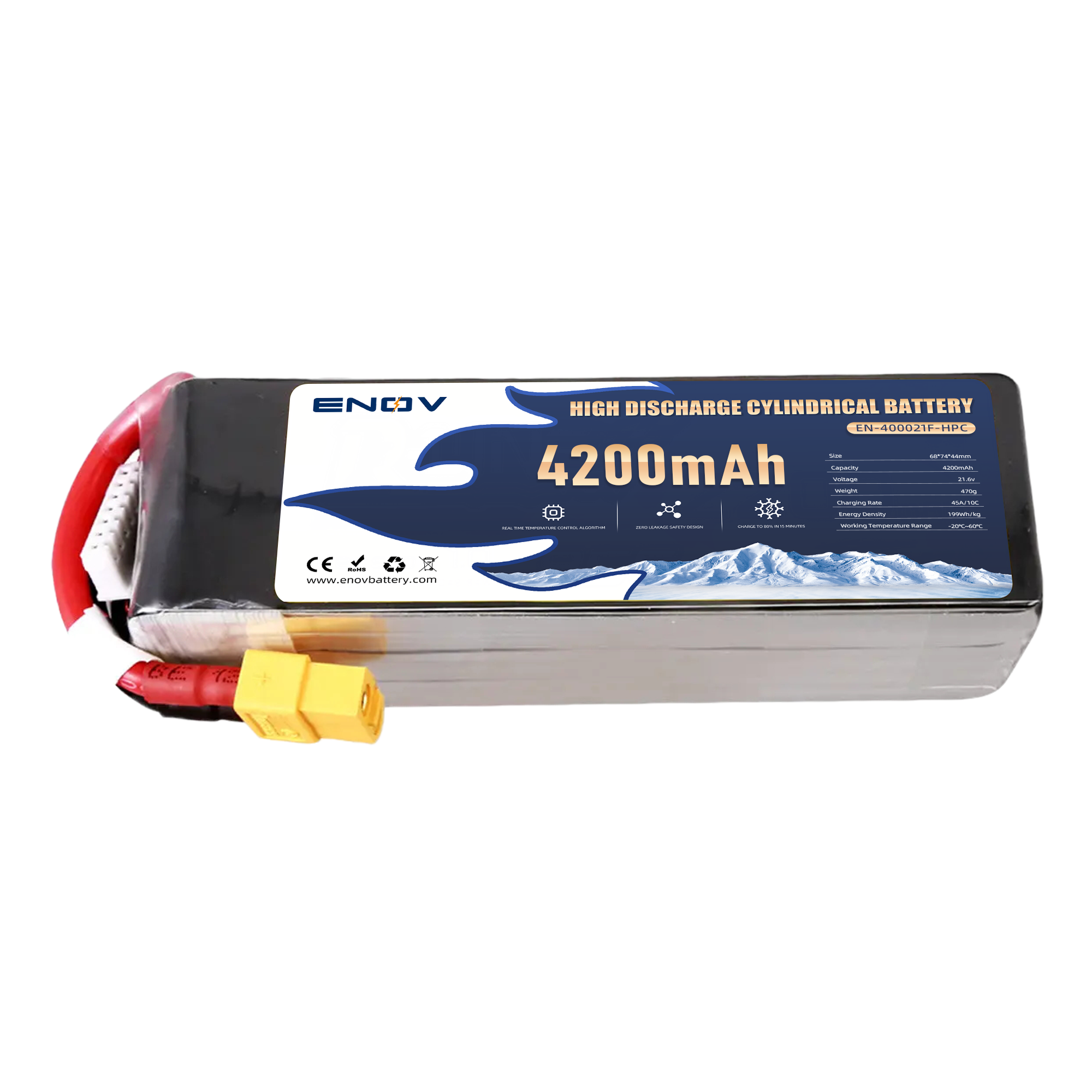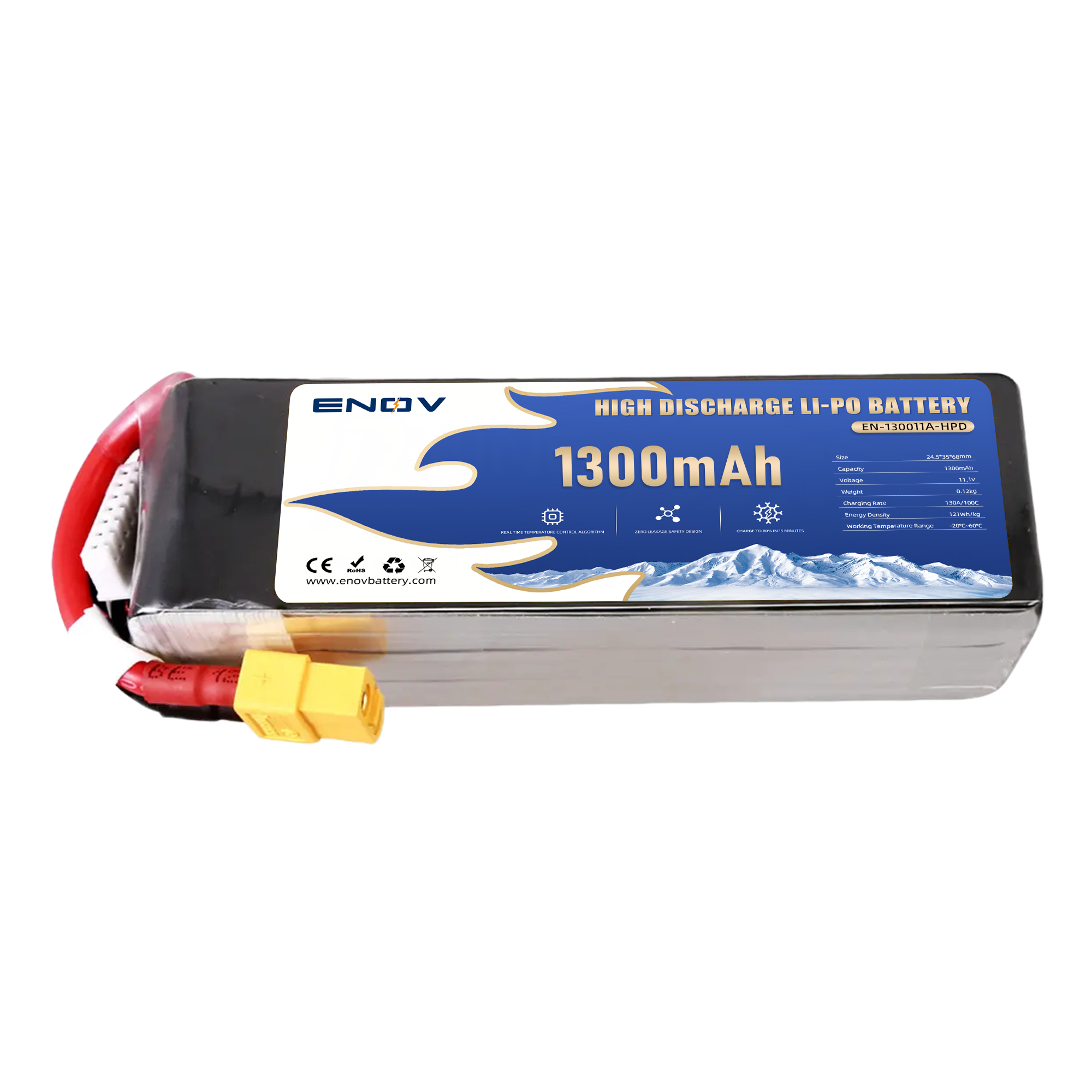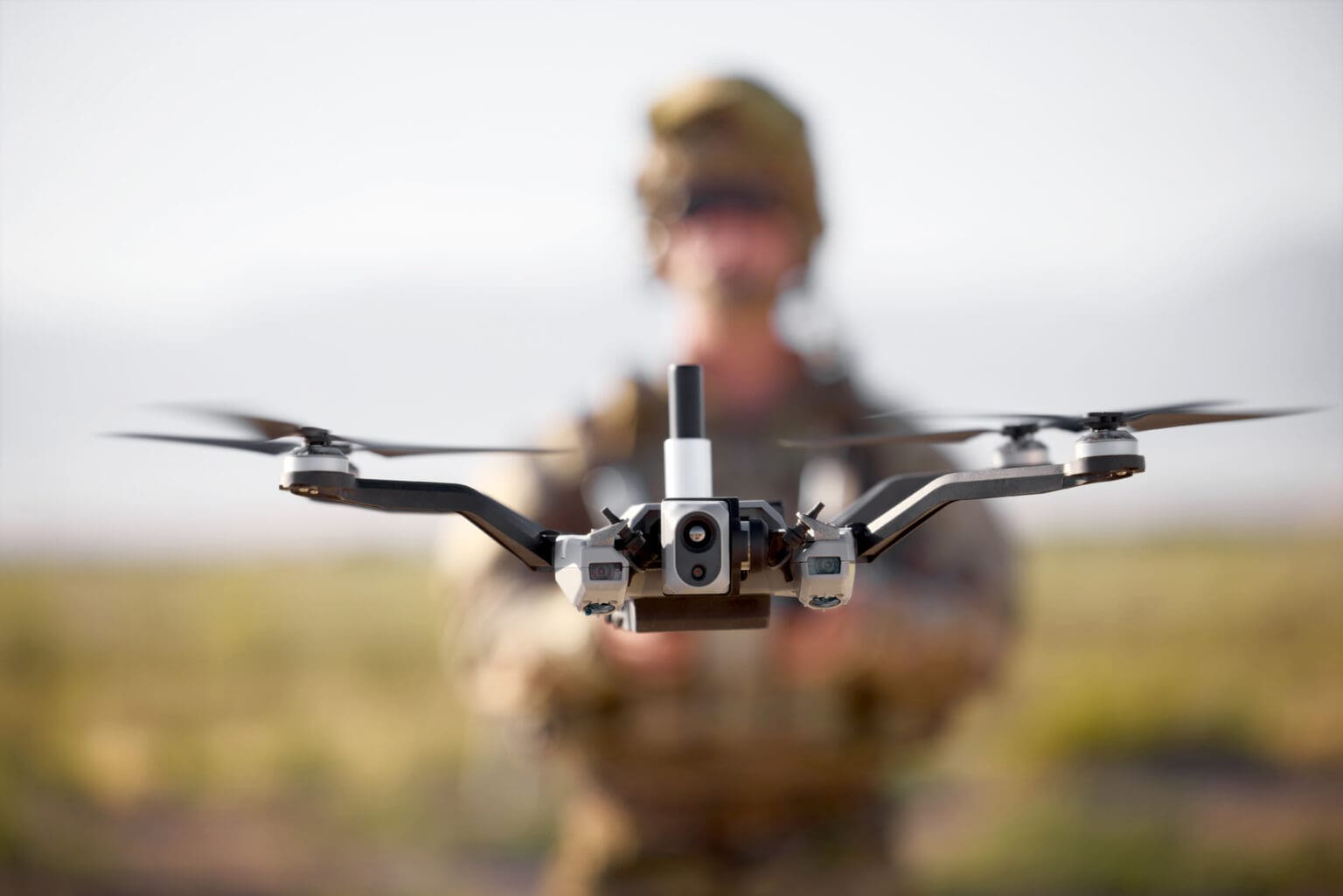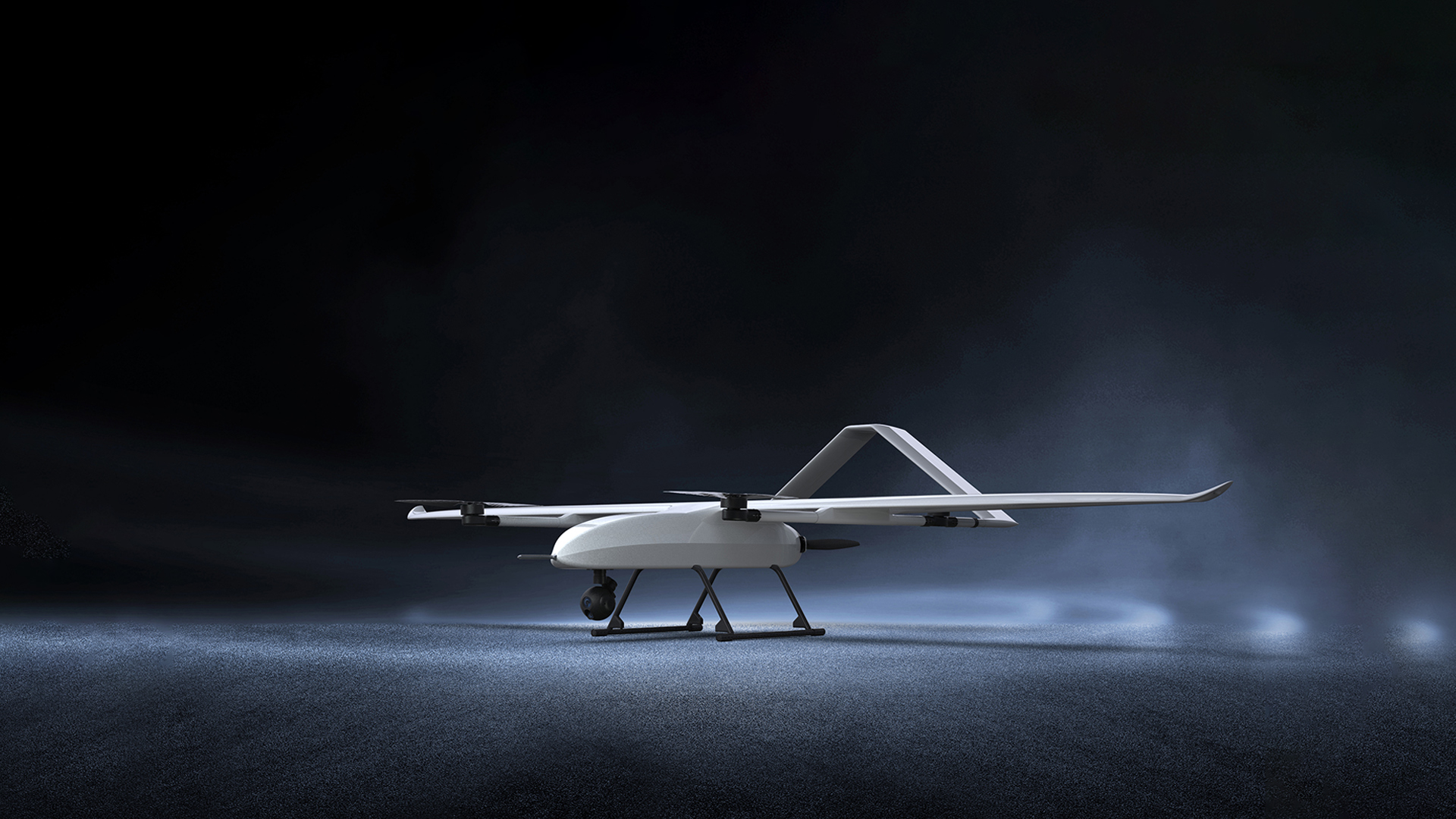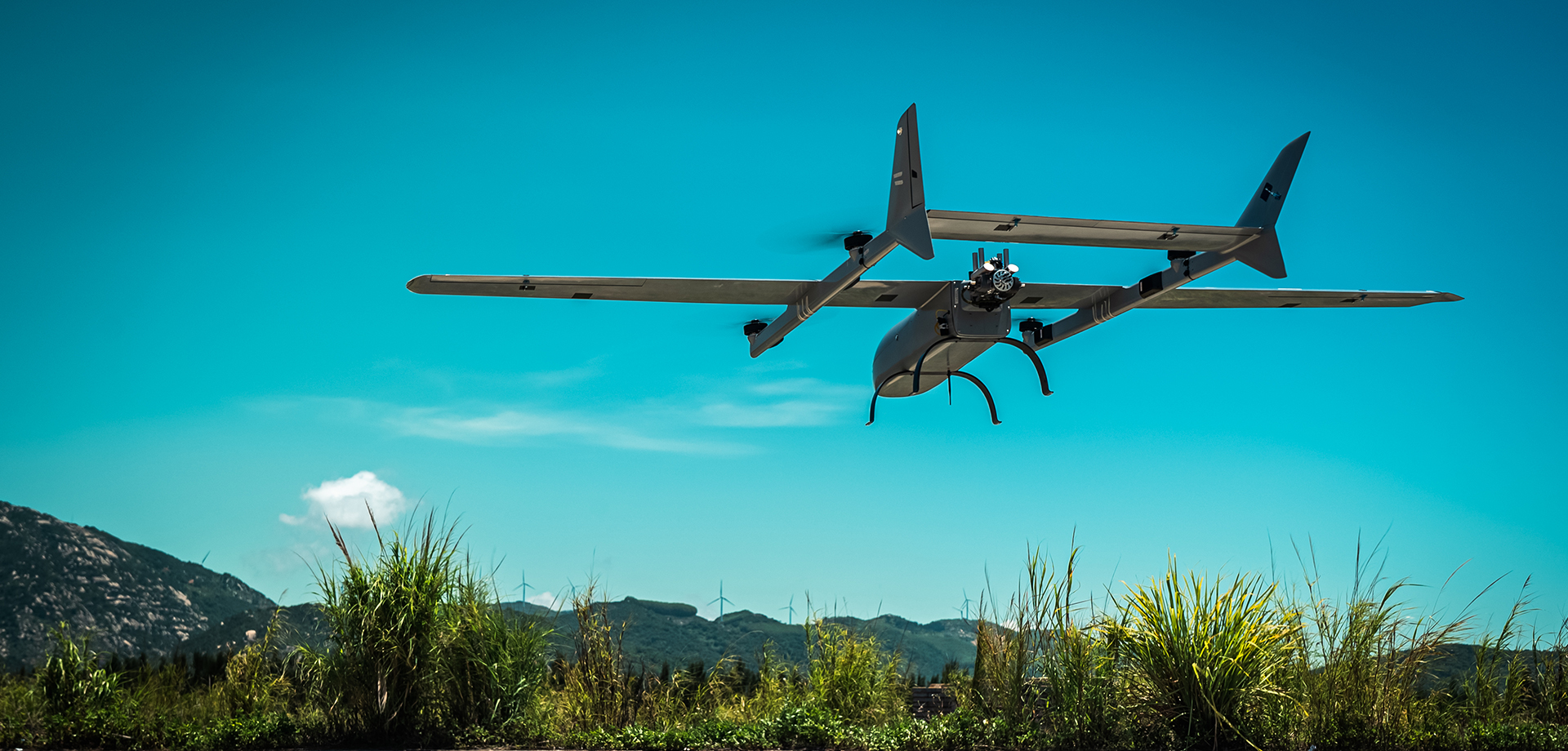Core Mechanisms of AI-Driven Battery Optimization:
Powering Smarter Drone Performance
Core Mechanisms of AI-Driven Battery Optimization: A Deep Dive AI-driven battery optimization mechanisms are reshaping how drones store, manage, and expend energy. By combining machine learning, real-time analytics, and adaptive algorithms, these systems tackle inefficiencies that traditional methods overlook. Whether predicting battery degradation or dynamically adjusting power usage, AI ensures drones operate at peak performance while minimizing risks. Let’s explore the technical foundations driving this revolution.
thrust
1. Data Collection and Pattern Recognition
At the heart of AI-driven battery optimization lies robust data processing. Sensors embedded in drone batteries continuously gather metrics like voltage, temperature, and discharge rates. Machine learning algorithms then analyze these datasets to detect subtle patterns—such as irregular voltage drops signaling early degradation.
For example, recurrent neural networks (RNNs) identify correlations between flight patterns and energy consumption, enabling tailored power allocation. This granular analysis not only prevents unexpected failures but also extends battery lifespan by up to 30%, a critical advantage for long-range missions.
2. Predictive Modeling for Lifespan Management
Predictive modeling transforms raw data into actionable insights. AI systems simulate thousands of scenarios to forecast battery health under varying conditions. A drone operating in extreme heat, for instance, may experience accelerated capacity loss. By training on historical performance data, convolutional neural networks (CNNs) predict such outcomes weeks in advance.
Companies like AeroBatt use these models to schedule preemptive maintenance, reducing downtime by 40%. Additionally, reinforcement learning algorithms optimize charging cycles, balancing speed and battery wear—a breakthrough that cuts charging times by 25% without compromising longevity.
3. Adaptive Control Systems for Real-Time Efficiency
Adaptive control mechanisms ensure optimal energy use during flight. These systems leverage AI to adjust power distribution based on real-time variables like wind speed, payload weight, and mission objectives. If a drone encounters strong headwinds, for example, the algorithm instantly reroutes energy to rotors while throttling non-essential functions.
Edge computing plays a pivotal role here, enabling onboard processing without latency. Startups like VoltAIx report a 15–20% boost in flight time using such systems, proving their value in industries from agriculture to emergency response.
4. Safety Protocols and Risk Mitigation
AI-driven mechanisms prioritize safety through anomaly detection and response. Deep learning models monitor for thermal runaway risks, isolating faulty battery cells before overheating occurs. In one case, IBM’s AI system prevented a potential fire in a delivery drone by detecting abnormal temperature spikes mid-flight.
Furthermore, federated learning allows drones to share anonymized safety data across fleets, creating a collective intelligence network that enhances hazard prediction. These protocols not only protect equipment but also comply with stringent aviation safety standards.
5. Sustainability and Cost-Effectiveness
Beyond performance gains, AI optimization promotes sustainability. Algorithms minimize energy waste by aligning discharge rates with operational needs, reducing carbon footprints by up to 18%.
Economically, predictive maintenance slashes battery replacement costs by 35%, while smart charging cuts grid dependency. Solar-powered drones, for instance, use AI to sync charging with sunlight availability, lowering energy expenses by 50%. Such innovations align with global ESG goals, making AI-driven mechanisms a win-win for businesses and the planet.
Conclusion
AI-driven battery optimization mechanisms represent a paradigm shift in drone technology. By merging data intelligence with adaptive control, these systems unlock unprecedented efficiency, safety, and sustainability.
For industries reliant on drones—from logistics to environmental monitoring—adopting AI-optimized batteries is no longer optional but essential for staying competitive. As machine learning evolves and hardware integration improves, these mechanisms will continue to redefine what drones can achieve, powering a smarter, greener future.
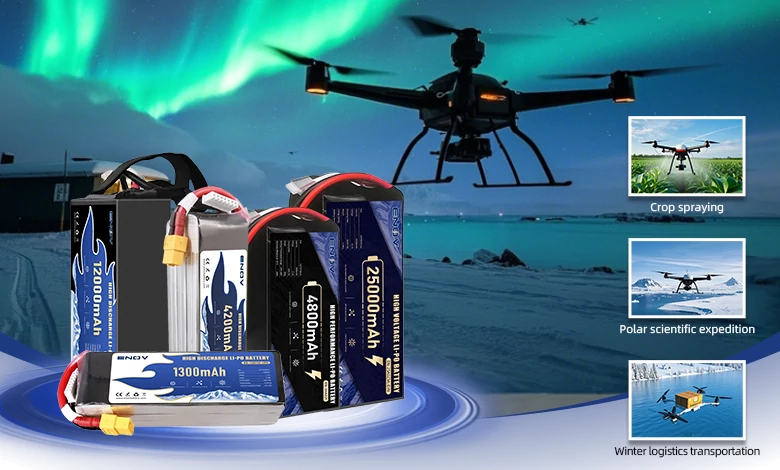
UAV DRONE battery
Enov UAV battery has the most advanced UAV battery new technology, it has a lightweight structural design, ultra-high energy density, stable continuous discharge, customized ultra-high instantaneous discharge, wide temperature working range, stable charge and discharge, battery materials can choose high nickel terpolymer positive/silicon carbon negative material system combined with semi-solid battery technology. Or choose a more mature application of more UAV lithium battery technology, available UAV battery nominal voltage 3.7V, capacity 18.0Ah ~ 30.0Ah, support 10C continuous discharge and 120C pulse discharge (3 seconds). With ultra-high energy density (220-300Wh/kg) as its core advantage, Enov UAV batteries can meet the needs of long-term endurance scenarios such as plant protection drones and transport drones, while maintaining stable emission performance in extremely low temperature environments (-40℃).
Other products
START-STOP LITHIUM BATTERY
LITHIUM ENERGY STORAGE BATTERY
QUICK INQUIRY
FAQ
Access to high frequency technical questions with one click, get accurate answers on product application, after-sales policy and customization process.
Service and Support
Get the latest product specifications, explore professional OEM/ODM customization services, click to open exclusive technical support and production solutions.
Become a Partner
We sincerely invite resources to interconnect, work together for win-win development, and immediately open a new chapter of strategic cooperation!


